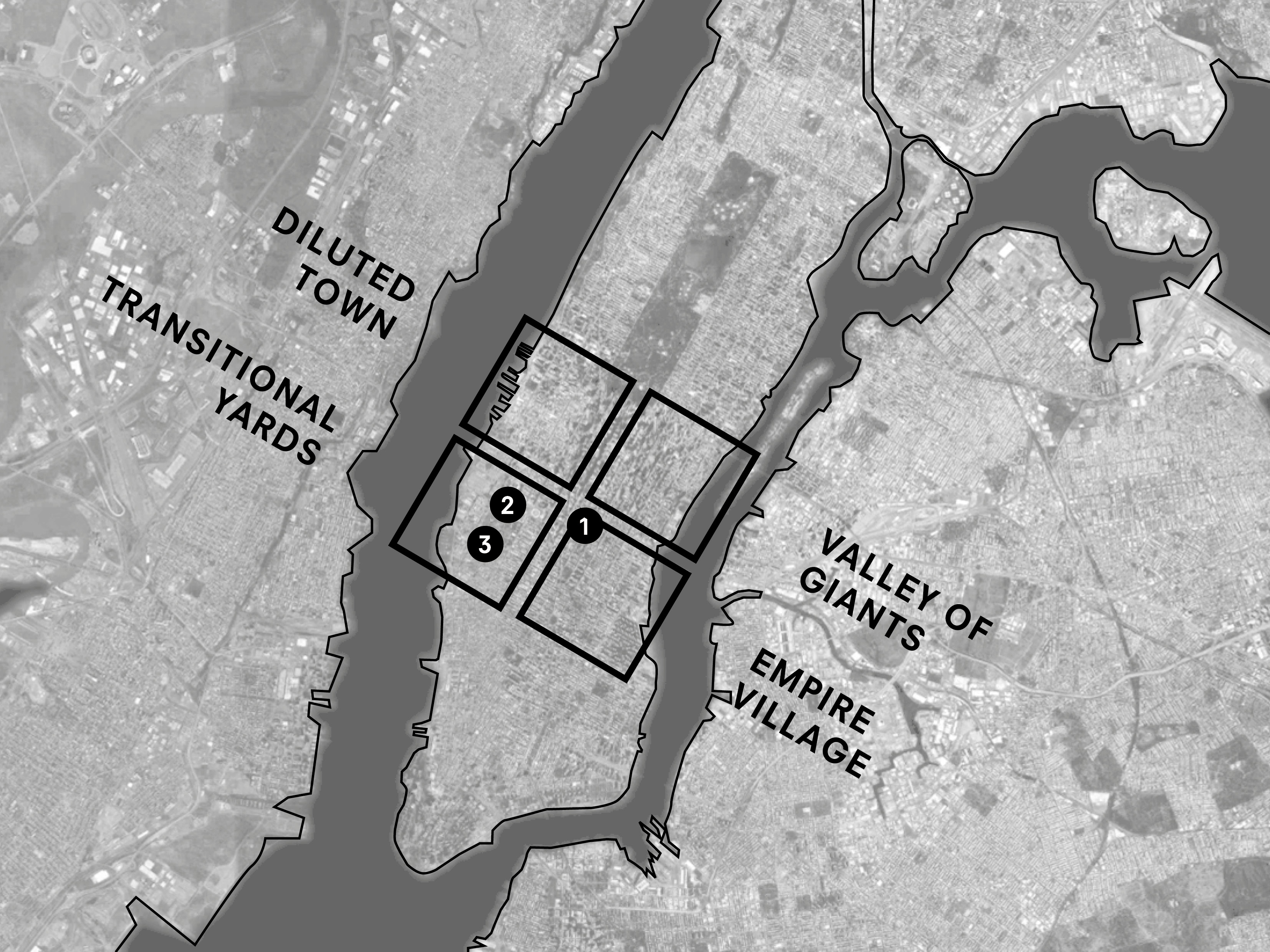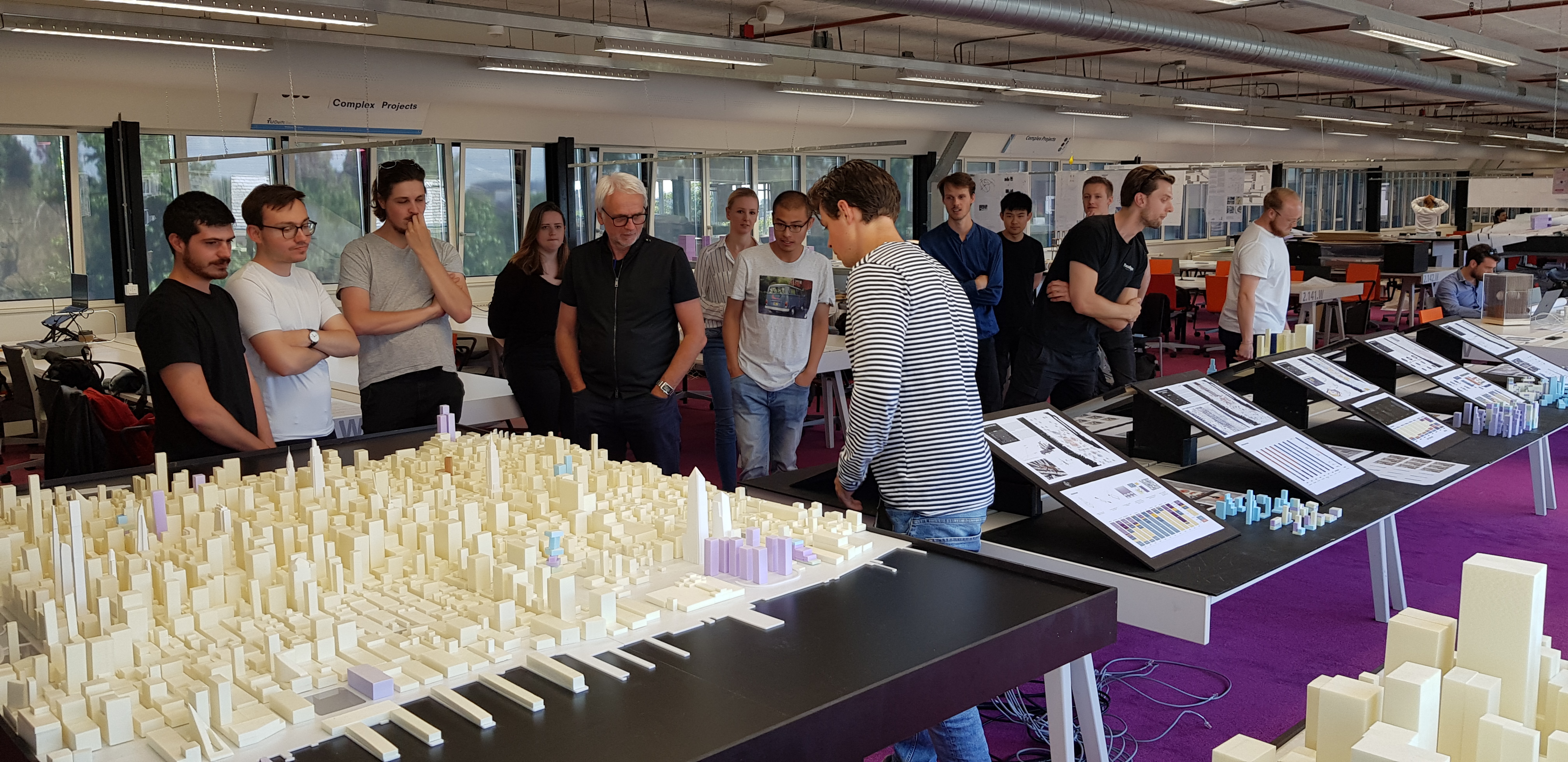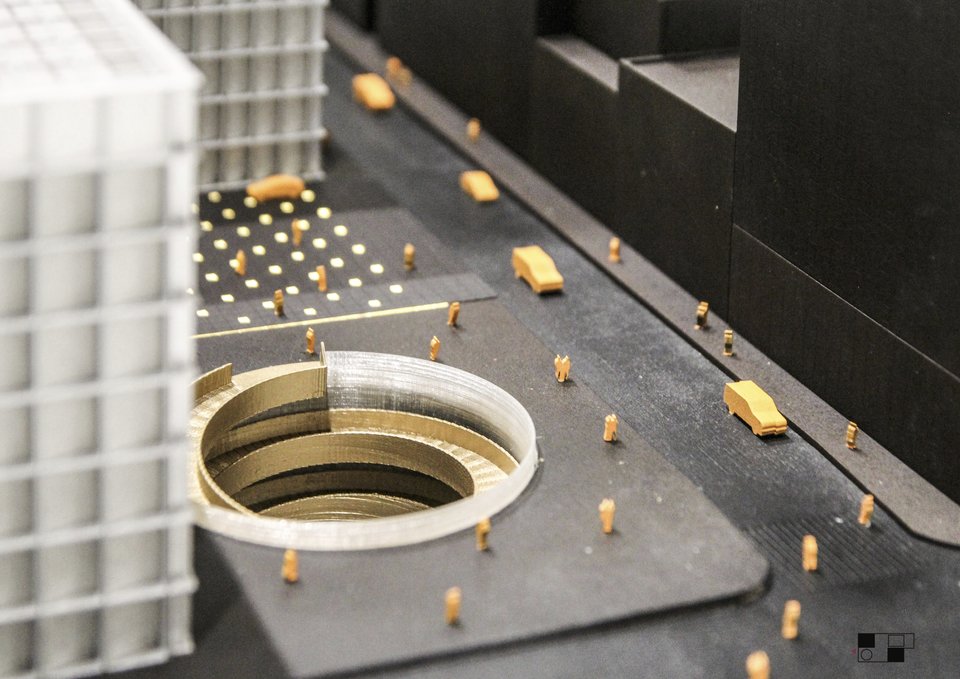Agora
Nearly three-quarters of the existing square footage of Manhattan, Midtown was built between the 1900s and 1930s. The Rockefeller Center complex, for example, is part of the generation of urban renewal projects that helped to revitalize Midtown Manhattan at the end of the 20s and part of the more recent re-developments in the 60s. Midtown is home to some of the NY’s most iconic buildings, including the Empire State Building, the Chrysler Building. Still today, by being the largest business district in the world, Midtown remains the corporate centre of Manhattan. Midtown is also known among the most expensive pieces of real estate; Fifth Avenue for example secures the world’s highest retail rents. However, due to the initially high prices, but also numerous buildings which have reached their lifespan, there are many empty store fronts and vacant offices. Therefore, office and retail value of midtown is starting to decline and there is a big rise in market demands for housing projects. Hudson Yards, real estate development under construction, is a great example of how the City is facing the changing demands and dealing with a new urban challenges. The main interest of the studio is exactly this change, not only urban change which a consequence, but also political, economical and environmental change.
By a critical examination of New York’s Midtown, the studio tried to eliminate the traditional and perhaps linear processes of planning, urban design, and architecture. The graduation studio consisted of both individual and group work. Midtown Manhattan was divided in four quadrants and each group of students was assigned to one quadrant. The students had need to develop a vision, a design scenario for the site, rendered by the individual project interventions. The individual design scenarios and group site visions had to be strongly interconnected and constantly inform each other. Students were free to choose their thesis topics and develop designs individually, and consequently connect them into the overall group strategy.





